Opinion & Analysis
Phil Mickelson’s 6 mph clubhead speed gain just scratches the surface of what pros can achieve

The AT&T Pebble Beach National Pro-Am is always one of my favorite tournaments, in part because I lived there most of 2004-2006, and it brings up such nice memories.
At the top of the list of memories, of course, is meeting my future wife. I also remember jumping off my couch in 2004 when Phil Mickelson notched his first major at the Masters. I sprung off the couch in Carmel when he made that putt, similar to how he jumped in the air at Augusta National’s 18th green.
Anyway, I wanted to write today to talk about Phil Mickelson. As a long-time Phil fan, I was happy to see him pick up his 44th PGA Tour win and fifth victory at Pebble Beach.
As has been widely reported, at 48 years old, Phil’s club head speed had recently jumped up 6 mph. He led the field in driving distance at the Desert Classic, was leading in driving distance in Phoenix through that Friday’s cut, and his club head speed this year is averaging 120.92 mph, up from 116.48 mph in the 2017/2018 season.
As is becoming more well known, driving distance and clubhead speed are key factors in scoring potential, so the increase bodes well in Phil’s quest to reach 50 career PGA Tour wins and possibly pick up that missing U.S. Open trophy when he goes back to Pebble Beach in June.
While 6 mph in nine months is almost unheard of by overall golf and golf fitness industry standards, especially considering the average distance losses with age, I can say confidently: Quite frankly, he’s really just scratched the surface.
I’ve covered this in some of my other articles, so I’ll just refer you there for the details, but Phil’s win and swing speed gains are a good time for me to remind you that achieving 12-16 mph in 30-45 days is highly achievable with the right training. More is even there for the taking if you’re willing to put in a little elbow grease. I’ve even had some golfers go from the 90s all the way up in to the 130s and 140s.
Here are some starter keys.
Practice swinging faster
This may sound overly simple, and I suppose it is, but largely no one outside of professional long drivers do it. Gaining speed is similar to improving at other skills in that you’ll get better just by practicing.
Phil and a number of other tour players are starting to tap in to part of the speed equation here.
Part of the whole basis of Phil’s training has been practicing swinging faster with SuperSpeed sticks. The fact that he’s doing this type of training is good, although it doesn’t really matter so much whether you swing a heavy club, a light club, something with air resistance, etc.
The main thing is just that you are practicing swinging faster, and putting some time in to it as with any other component of your game like full swing, chipping, putting, etc.
Strengthen your downswing muscles
Based on his results and without knowing the full details of his training, a big key that he appears to be missing is doing something to strengthen his downswing muscles.
Every golfer, whether you are long drive champion or low swing speed amateur, starts at zero mph at the top of the backswing and gets to whatever speed they achieve at impact.
Long drivers tend to be very strong, but not necessarily big. Two-time World Long Drive Champion, Jamie Sadlowski, is a good example of this. He can do 480-pound hexbar deadlifts for reps. That takes tremendous strength in his hands, forearms, lower back, glutes, and hamstrings.
At my fastest, I could swing in the low 140s, and it’s no coincidence that I could also do over 700-lb half squats.
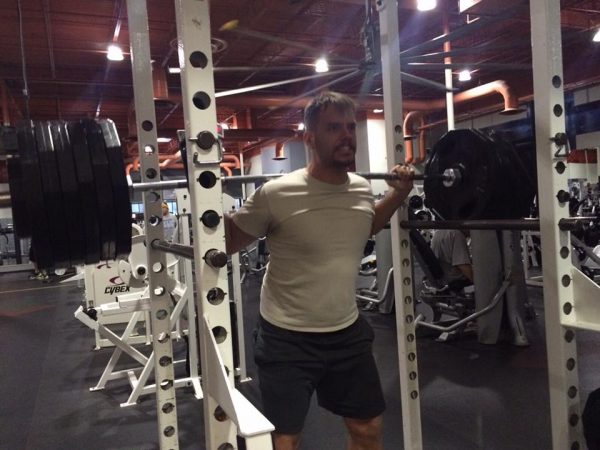
Were Phil to supplement his swing speed reps with doing more to specifically target gradually increasing the strength of his downswing muscles over time, there’s no reason why he couldn’t be swinging at Cameron Champ’s 130 mph level, or higher, even at 48 years old. Look no further than Senior World Long Drive Champion “Fast” Eddie Fernandes to find a guy who in his mid/late 40s and that can regularly swing in the 140s.
For that matter, Phil aside, there’s no reason why ANY tour player couldn’t be swinging at those speeds with proper training. Tour pros are definitely more fit that they used to be. That’s good, but the golf fitness industry is still very young and fit doesn’t necessarily mean fast.
To learn more about how to train to be fast, check out my other articles, visit Swing Man Golf, and/or work with an instructor or fitness trainer who is swing speed training certified.
Now is as good as time as any to get going on some swing speed training. By the time the Masters rolls around in April, you could easily be 30-40 yards longer and get your season started off with a boom.
- LIKE89
- LEGIT5
- WOW3
- LOL12
- IDHT0
- FLOP2
- OB6
- SHANK28
19th Hole
Vincenzi’s 2024 Valspar Championship betting preview: Elite ballstrikers to thrive at Copperhead
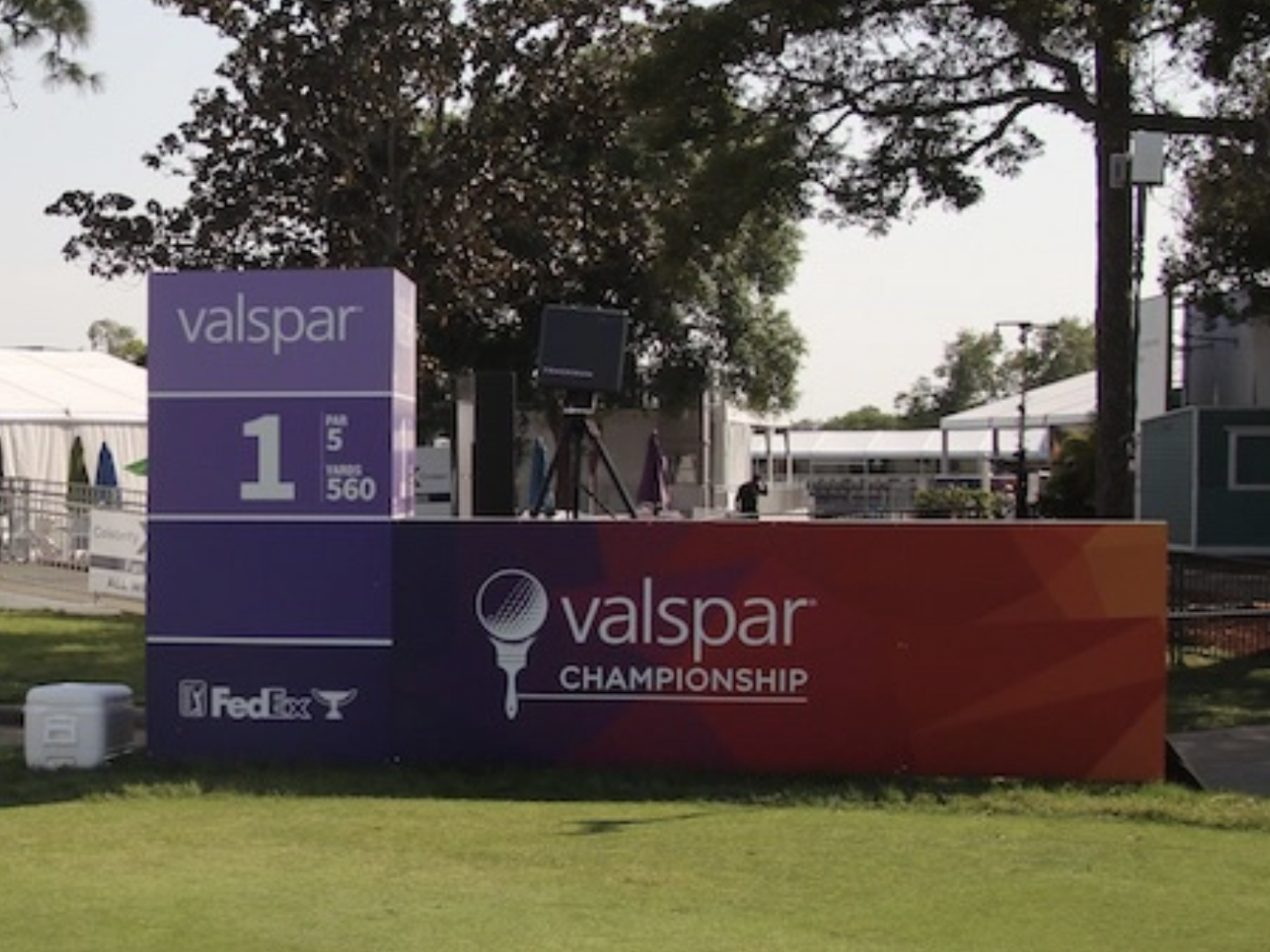
The PGA TOUR will stay in Florida this week for the 2024 Valspar Championship.
The Copperhead Course at Innisbrook Resort is a par 71 measuring 7,340 yards and features Bermudagrass greens overseeded with POA. Infamous for its difficulty, the track will be a tough test for golfers as trouble lurks all over the place. Holes 16, 17 and 18 — also known as the “Snake Pit” — make up one of the toughest three-hole stretches in golf and should lead to a captivating finish on Sunday.
The field is comprised of 156 golfers teeing it up. The field this week is solid and is a major improvement over last year’s field that felt the impact of players skipping due to a handful of “signature events” in a short span of time.
Past Winners at Valspar Championship
- 2023: Taylor Moore (-10)
- 2022: Sam Burns (-17)
- 2021: Sam Burns (-17)
- 2019: Paul Casey (-8)
- 2018: Paul Casey (-10)
- 2017: Adam Hadwin (-14)
- 2016: Charl Schwartzel (-7)
- 2015: Jordan Spieth (-10)
In this article and going forward, I’ll be using the Rabbit Hole by Betsperts Golf data engine to develop my custom model. If you want to build your own model or check out all of the detailed stats, you can sign up using promo code: MATTVIN for 25% off any subscription package (yearly is best value).
Key Stats For Copperhead
1. Strokes Gained: Approach
Strokes Gained: Approach grades out as the most important statistic once again this week. Copperhead really can’t be overpowered and is a second-shot golf course.
Total SG: Approach Over Past 24 Rounds (per round)
- Tony Finau (+.90)
- Nick Taylor (+.81)
- Justin Thomas (+.77)
- Greyson Sigg (+.69)
- Christiaan Bezuidenhout (+.67)
2. Good Drive %
The long hitters can be a bit limited here due to the tree-lined fairways and penal rough. Playing from the fairways will be important, but laying back too far will cause some difficult approaches with firm greens that may not hold shots from long irons.
Golfers who have a good balance of distance and accuracy have the best chance this week.
Good Drive % Over Past 24 Rounds
- Brice Garnett (+91.3%)
- Zach Johnson (+91.1%)
- Sam Ryder (+90.5%)
- Ryan Moore (+90.4%)
- Aaron Rai (+89.7%)
3. Strokes Gained: Ball Striking
Adding ball-striking puts even more of a premium on tee-to-green prowess in the statistical model this week. Golfers who rank highly in ball-striking are in total control of the golf ball which is exceedingly important at Copperhead.
SG: Ball Striking Over Past 24 Rounds:
- Xander Schauffele (+1.32)
- Keith Mitchell (+1.29)
- Tony Finau (+1.24)
- Cameron Young (+1.17)
- Doug Ghim (+.95)
4. Bogey Avoidance
With the conditions likely to be difficult, avoiding bogeys will be crucial this week. In a challenging event like the Valspar, oftentimes the golfer who is best at avoiding mistakes ends up on top.
Gritty golfers who can grind out difficult pars have a much better chance in an event like this than a low-scoring birdie-fest.
Bogey Avoidance Over Past 24 Rounds
- Brice Garnett (+9.0)
- Xander Schauffele (+9.3)
- Austin Cook (+9.7)
- Chesson Hadley (+10.0)
- Greyson Sigg (+10.2)
5. Strokes Gained: Total in Difficult Conditions
Conditions will be tough this week at Copperhead. I am looking for golfers who can rise to the occasion if the course plays as difficult as it has in the past.
Strokes Gained: Total in Difficult Conditions Over Past 24 rounds
- Xander Schauffele (+1,71)
- Min Woo Lee (+1.39)
- Cameron Young (+1.27)
- Jordan Spieth (+1.08)
- Justin Suh (+.94)
6. Course History
That statistic will tell us which players have played well at Copperhead in the past.
Course History Over Past 24 rounds
- Patrick Cantlay (+3.75)
- Sam Burns (+2.49)
- Davis Riley (+2.33)
- Matt NeSmith (+2.22)
- Jordan Spieth (+2.04)
The Valspar Championship Model Rankings
Below, I’ve compiled overall model rankings using a combination of the five key statistical categories previously discussed — SG: Approach (27%), Good Drive % (15%), SG: BS (20%), Bogeys Avoided (13%), Course History (13%) Strokes Gained: Total in Difficult Conditions (12%).
- Xander Schauffele
- Doug Ghim
- Victor Perez
- Greyson Sigg
- Ryan Moore
- Tony Finau
- Justin Thomas
- Sam Ryder
- Sam Burns
- Lucas Glover
2024 Valspar Championship Picks
Justin Thomas +1400 (DraftKings)
Justin Thomas will be disappointed with his finish at last week’s PLAYERS Championship, as the past champion missed the cut despite being in some decent form heading into the event. Despite the missed cut, JT hit the ball really well. In his two rounds, the two-time major champion led the field in Strokes Gained: Approach per round.
Thomas has been up and down this season. He’s missed the cut in two “signature events” but also has finishes of T12 at the Arnold Palmer Invitational, T12 at the Waste Management Phoenix Open, T6 at the Pebble Beach AT&T Pro-Am and T3 at the American Express. In his past 24 rounds, he ranks 3rd in the field in Strokes Gained: Approach and 6th in Strokes Gained: Ball Striking in the field.
Thomas loves Copperhead. In his last three tries at the course, he’s finished T13, T3 and T10. Thomas would have loved to get a win at a big event early in the season, but avoidable mistakes and a balky putter have cost him dearly. I believe a trip to a course he loves in a field he should be able to capitalize on is the right recipe for JT to right the ship.
Christiaan Bezuidenhout +6000 (FanDuel)
Christiaan Bezuidenhout is playing spectacular golf in the 2024 season. He finished 2nd at the American Express, T20 at Pebble Beach and T24 at the Genesis Invitational before finishing T13 at last week’s PLAYERS Championship.
In his past 24 rounds, the South African ranks 3rd in the field in Strokes Gained: Approach and 26th in Strokes Gained: Ball Striking. Bezuidenhout managed to work his way around TPC Sawgrass last week with minimal damage. He only made five bogeys in the entire week, which is a great sign heading into a difficult Copperhead this week.
Bezuidenhout is winless in his PGA Tour career, but certainly has the talent to win on Tour. His recent iron play tells me that this week could be a breakthrough for the 35-year-old who has eyes on the President’s Cup.
Doug Ghim +8000 (FanDuel)
Doug Ghim has finished in the top-16 of his past five starts. Most recently, Ghim finished T16 at The PLAYERS Championship in a loaded field.
In his past 24 rounds, Ghim ranks 8th in Strokes Gained: Approach and 5th in Strokes Gained: Ball Striking. In terms of his fit for Copperhead, the 27-year-old ranks 12th in Bogey Avoidance and 7th in Strokes Gained: Total in Difficult Conditions, making him a great fit for the course.
Ghim has yet to win on Tour, but at one point he was the top ranked Amateur golfer in the world and played in the 2017 Arnold Palmer Cup and 2017 Walker Cup. He then won the Ben Hogan award for the best male college golfer in 2018. He certainly has the talent, and there are signals aplenty that his talent in ready to take him to the winner’s circle on the PGA Tour.
Sepp Straka +8000 (BetRivers)
Sepp Straka is a player who’s shown he has the type of game that can translate to a difficult Florida golf course. The former Presidents Cup participant won the 2022 Honda Classic in tough conditions and should thrive with a similar test at Copperhead.
It’s been a slow 2024 for Straka, but his performance last week at the PLAYERS Championship surely provides some optimism. He gained 5.4 strokes on approach as well as 1.88 strokes off the tee. The tee-to-green game Straka showed on a course with plenty of danger demonstrates that he can stay in control of his golf ball this week.
It’s possible that the strong performance last week was an outlier, but I’m willing to bet on a proven winner in a weaker field at a great number.
Victor Perez +12000 (FanDuel)
Victor Perez is no stranger to success in professional golf. The Frenchman has three DP World Tour wins including a Rolex Series event. He won the 2019 Alfred Dunhill Links Championship, as well as the 2023 Abu Dhabi HSBC Championship, which are some big events.
Perez earned his PGA Tour card this season and enters the week playing some fantastic golf. He finished in a tie for 16th in Florida at the Cognizant Classic and then tied for third in his most recent start at the Puerto Rico Open.
In his past 24 rounds in the field, Perez ranks 11th in Strokes Gained: Approach, 1oth in Strokes Gained: Ball Striking, 6th in Good Drive % and 15th in Bogey Avoidance.
Perez comes in as a perfect fit for Copperhead and offers serious value at triple-digit odds.
- LIKE16
- LEGIT3
- WOW2
- LOL0
- IDHT0
- FLOP1
- OB2
- SHANK5
Opinion & Analysis
Myrtle Beach, Explored: February in South Carolina
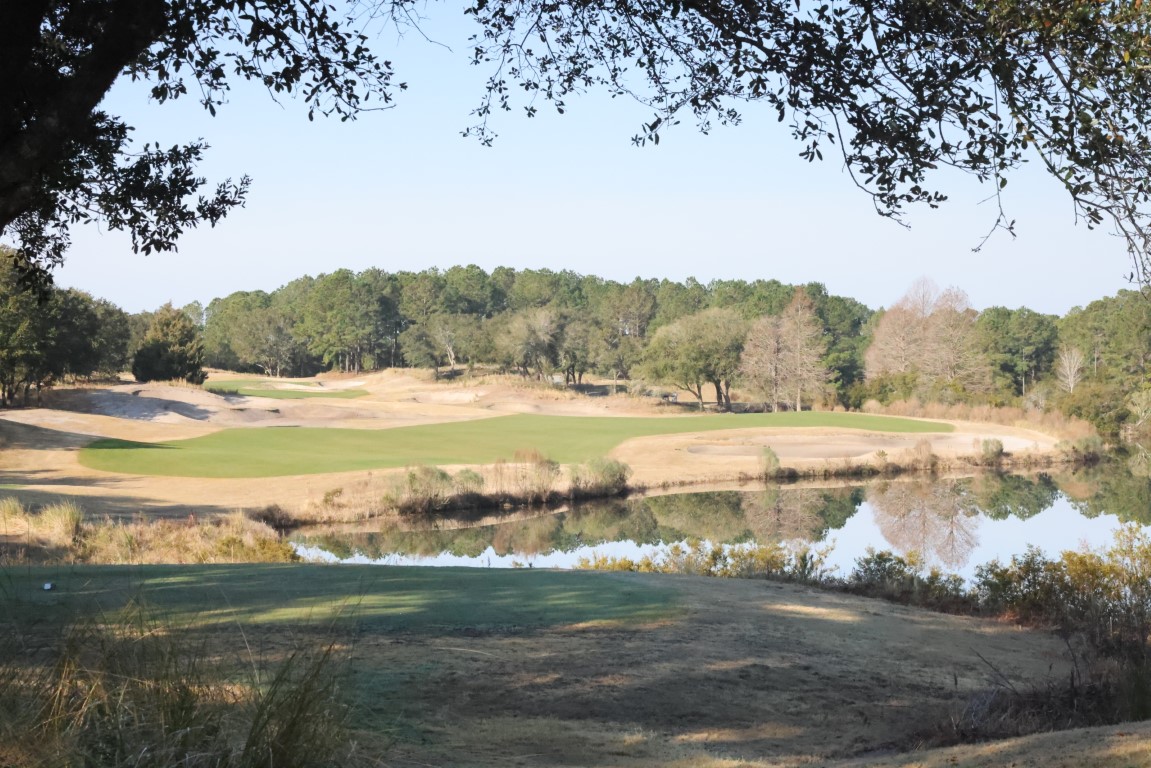
As I gain in experience and age, and familiarity breeds neither contempt nor disdain, I understand why people return to a place. A destination like Myrtle Beach offers a sizable supply and diversity of restaurants, entertainment venues, and shops that are predicated on the tenets of the service industry. Greet your customers with a smile and a kind word, and they will find comfort and assurance. Provide them with a memorable experience and they will suggest your place of business to others.
My first tour of Myrtle Beach took place in the mid-1980s, and consisted of one course: Gator Hole. I don’t remember much from that day, and since Gator Hole closed a decade later, I cannot revisit it to recollect what I’d lost. Since then, I’ve come to the Grand Strand a few times, and been fortunate to never place a course more than once. I’ve seen the Strantz courses to the south and dipped my toe in the North Carolina courses of Calabash. I’ve been to many in the middle, including Dunes, Pine Lakes, Grande Dunes among them.
2024 brought a quartet of new courses, including two at the Barefoot Resort. I’d heard about the North Myrtle Beach four-pack of courses that highlight the Barefoot property, including layouts from Pete Dye, Tom Fazio, Davis Love III, and Greg Norman. I had the opportunity to play and shoot the Dye and Fazio tracks, which means that I’ll have to return to see the other two. Sandwiched between them were the TPC-Myrtle Beach course, also from Tom Fazio, and the Pawley’s Plantation trace, by the hand of Jack Nicklaus. I anticipated a bit of the heroic, and bit of the strategic, and plenty of eye candy. None of those architects would ever be considered a minimalist, so there would be plenty of in-play and out-of-play bunkers and mounds to tantalize the senses.
My nephew arrived a few days early, to screen a few more courses. As a result, you the reader will have an extra quarter of mini-reviews, bringing the total of courses in this piece to eight. It was inconceivable that CJR would play four courses that I had never played nor photographed, but that was the case. His words appear at the end of this piece. We hope that you enjoy the tour.
Main Feature: Two Barefoots, a TPC, and Pawley’s Plantation
What Paul “Pete” Dye brought back from his trips to the United Kingdom, hearkened back to what C.B. MacDonal did, some 65 years prior. There is a way of finding bunkers and fairways, and even green sites, that does not require major industrial work. The Dye course at Barefoot Resorts takes you on a journey over the rumpled terrain of distant places. If there’s one element missing, it’s the creased and turbulent fairways, so often found in England and Ireland. The one tenet of playing a Dye course, is to always aim away from temptation, from where your eyes draw you. Find the safe side of the target, and you’ll probably find your ball. It then stands that you will have a shot for your next attempt. Cut the corner, and you might have need to reload. The Barefoot course begins gently, in terms of distance, but challenges with visual deception. After two brief 4s and a 3, the real work begins. The course is exposed enough, to allow the coastal winds to dance along the fairways. Be ready to keep the ball low and take an extra club or two.
If memory serves, TPCMB is my first trek around a TPC-branded course. It had all the trappings of a tour course, from the welcome, through the clubhouse, to the practice facilities and, of course, the course. TPC-Myrtle Beach is a Tom Fazio design, and if you never visit Augusta National, you’ll now have an idea of what it is like. You play Augusta’s 16th hole twice at TPCMB, and you enjoy it both times. Fazio really likes the pond-left, green-angle-around par three hole, and his two iterations of it are memorable.
You’ll also see those Augusta bunkers, the ones with the manicured edges that drop into a modestly-circular form. What distinguishes these sand pits is the manner in which they rise from the surrounding ground. They are unique in that they don’t resemble the geometric bunkering of a Seth Raynor, nor the organic pits found in origin courses. They are built, make no mistake, and recovery from them is manageable for all levels of bunker wizardry.
If you have the opportunity to play the two Tom Fazio courses back to back, you’ll notice a marked difference in styling. Let me digress for a moment, then circle back with an explanation. It was written that the NLE World Woods course designed by Fazio, Pine Barrens, was an homage to Pine Valley, the legendary, New Jersey club where Fazio is both a member and the architect on retainer. The Pine Barrens course was plowed under in 2022, so the homage no longer exists. At least, I didn’t think that it existed, until I played his Barefoot Resort course in North Myrtle Beach.
Pine Valley might be described as an aesthetic of scrub and sand. There are mighty, forced carries to travers, along with sempiternal, sandy lairs to avoid. Barefoot Fazio is quite similar. If you’re not faced with a forced carry, you’ll certainly contend with a fairway border or greenside necklace of sand. When you reach the 13th tee, you’ll face a drive into a fairway, and you might see a distant green, with a notable absence: flagstick. The 13th is the icing on the homage cake, a callout of the 8th hole at Pine Valley. Numero Ocho at the OG has two greens, side by side, and they change the manner in which the hole plays (so they say.) At Barefoot Fazio, the right-side green is a traditional approach, with an unimpeded run of fairway to putting surface. The left-side green (the one that I was fortunate to play) demands a pitch shot over a wasteland. It’s a fitting tribute for the rest of us to play.
Be certain to parrot the starter, Leon’s, advice, and play up a deck of tees. Barefoot Fazio offers five par-three holes, so the fours and fives play that much longer. Remember, too, that you are on vacation. Why not treat yourself to some birdie looks?
The Jack Nicklaus course at Pawley’s Plantation emerged from a period of hibernation in 2024. The greens were torn up and their original contours were restored. Work was overseen by Troy Vincent, a member of the Nicklaus Architecture team. In addition, the putting corridors were reseeded with a hardier, dwarf bermuda that has experienced great success, all along the Grand Strand that is Myrtle Beach.
My visit allowed me to see the inward half first, and I understand why the resort wishes to conclude your day on those holes. The front nine of Pawley’s Plantation works its way through familiar, low country trees and wetlands. The back nine begins in similar fashion, then makes its way east, toward the marsh that separates mainland from Pawley’s Island. Recalling the powerful sun of that Wednesday morning, any round beginning on the second nine would face collateral damage from the warming star. Much better to hit holes 11 to close when the sun is higher in the sky.
The marshland holes (12 through 17) are spectacular in their raw, unprotected nature. The winds off the Atlantic are unrelenting and unforgiving, and the twin, par-three holes will remain in your memory banks for time’s march. In typical Golden Bear fashion, a majority of his putting targets are smallish in nature, reflecting his appreciation for accurate approach shots. Be sure to find the forgiving side of each green, and err to that portion. You’ll be grateful.
Bonus Coverage: Myrtlewood, Beechwood, Arrowhead, and King’s North
Arrowhead (Raymond Floyd and Tom Jackson)
A course built in the middle of a community, water threatens on most every hole. The Cypress 9 provides a few holes forcing a carried drive then challenge you with water surrounding the green. On Waterway, a drivable 2nd hole will tempt most, so make sure the group ahead has cleared the green.
Myrtlewood (Edmund Alt and Arthur Hills) and Beechwood (Gene Hamm)
A middle of the winter New Englander’s paradise. Wide open fairways, zero blind shots and light rough allow for shaking off the rust and plenty of forgiveness. A plethora of dog legs cause one to be cautious with every tee shot. Won’t break the bank nor the scorecard.
King’s North @ Myrtle Beach National (Arnold Palmer)
- LIKE2
- LEGIT0
- WOW0
- LOL0
- IDHT0
- FLOP1
- OB0
- SHANK1
19th Hole
Vincenzi’s 2024 Players Championship betting preview: Pete Dye specialists ready to pass tough TPC Sawgrass test
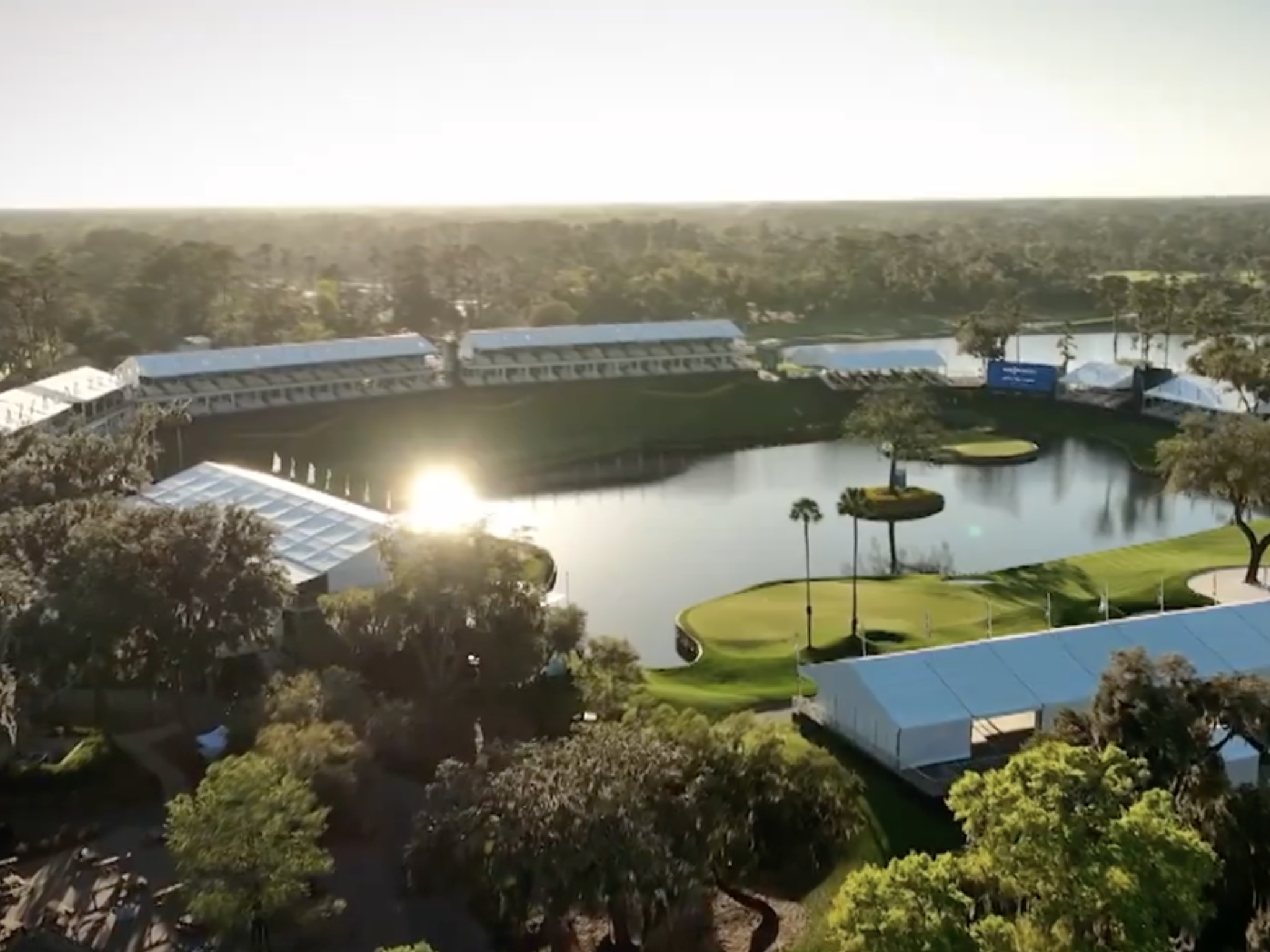
The PGA Tour heads to TPC Sawgrass to play in one of the most prestigious and important events of the season: THE PLAYERS Championship. Often referred to as the fifth major, the importance of a PLAYERS victory to the legacy of a golfer can’t be overlooked.
TPC Sawgrass is a par-72 measuring 7,245 yards and featuring Bermudagrass greens. Golfers must be patient in attacking this Pete Dye course.
With trouble lurking at every turn, the strokes can add up quickly. With a par-5 16th that is a true risk-reward hole and the famous par-3 17th island green, the only safe bet at TPC Sawgrass is a bet on an exciting finish.
THE PLAYERS Championship field is often referred to as the strongest field of the year — and with good reason. There are 144 in the field, including 43 of the world’s top 50 players in the OWGR. Tiger Woods will not be playing in the event.
THE PLAYERS is an exceptionally volatile event that has never seen a back-to-back winner.
Past Winners at TPC Sawgrass
- 2023: Scottie Scheffler (-17)
- 2022: Cameron Smith (-13)
- 2021: Justin Thomas (-14)
- 2019: Rory McIlroy (-16)
- 2018: Webb Simpson (-18)
- 2017: Si-Woo Kim (-10)
- 2016: Jason Day (-15)
- 2015: Rickie Fowler (-12)In this article and going forward, I’ll be using the Rabbit Hole by Betsperts Golf data engine to develop my custom model. If you want to build your own model or check out all of the detailed stats, you can sign up using promo code: MATTVIN for 25% off any subscription package (yearly is best value).
5 Key Stats for TPC Sawgrass
Let’s take a look at five metrics key for TPC Sawgrass to determine which golfers boast top marks in each category over their last 24 rounds.
1. Strokes Gained: Approach
Strokes Gained: Approach has historically been far and away the most important and predictive stat at THE PLAYERS Championship. With water everywhere, golfers can’t afford to be wild with their iron shots. Not only is it essential to avoid the water, but it will also be as important to go after pins and make birdies because scores can get relatively low.
Total SG: Approach Over Past 24 Rounds
- Tom Hoge (+1.37)
- Scottie Scheffler (+1.20)
- Tony Finau (+0.99)
- Jake Knapp (+0.83)
- Shane Lowry (+0.80)
2. Total Driving
This statistic is perfect for TPC Sawgrass. Historically, driving distance hasn’t been a major factor, but since the date switch to March, it’s a bit more significant. During this time of year, the ball won’t carry quite as far, and the runout is also shorter.
Driving accuracy is also crucial due to all of the trouble golfers can get into off of the tee. Therefore, players who are gaining on the field with Total Driving will put themselves in an ideal spot this week.
Total Driving Over Past 24 Rounds
- Rory McIlroy (22)
- Akshay Bhatia (25)
- Keith Mitchell (25)
- Adam Hadwin (34)
- Sam Burns (+39)
3. Strokes Gained: Total at Pete Dye Designs
TPC Sawgrass may be Pete Dye’s most famous design, and for good reason. The course features Dye’s typical shaved runoff areas and tricky green complexes. Pete Dye specialists love TPC Sawgrass and should have a major advantage this week.
SG: Total (Pete Dye) per round over past 36 rounds:
- Patrick Cantlay (+2.02)
- Scottie Scheffler (+1.90)
- Min Woo Lee (+1.77)
- Sungjae Im (+1.72)
- Brian Harman (+1.62)
4. Strokes Gained: Ball Striking
Prototypical ball-strikers have dominated TPC Sawgrass. With past winners like Sergio Garcia, Henrik Stenson, Webb Simpson, Rory McIlroy and Justin Thomas, it’s evident that golfers must be striking it pure to contend at THE PLAYERS.
SG: Ball Striking Over Past 24 Rounds
- Scottie Scheffler (+2.02)
- Tony Finau (+1.51)
- Tom Hoge (+1.48)
- Keith Mitchell (+1.38)
- Will Zalatoris (+1.18)
5. Par 5 Average
Par-5 average is extremely important at TPC Sawgrass. With all four of the Par-5s under 575 yards, and three of them under 540 yards, a good amount of the scoring needs to come from these holes collectively.
Par 5 Average Over Past 24 Rounds
- Scottie Schefler (+4.31)
- Erik Van Rooyen (+4.35)
- Doug Ghim (+4.34)
- Wyndham Clark (+4.34)
- Matt Fitzpatrick (+4.31)
6. Strokes Gained: Florida
We’ve used this statistic over the past few weeks, and I’d like to incorporate some players who do well in Florida into this week’s model as well.
Strokes Gained: Florida over past 30 rounds:
- Scottie Schefler (+2.43)
- Erik Van Rooyen (+1.78)
- Doug Ghim (+1.78)
- Wyndham Clark (+1.73)
- Matt Fitzpatrick (+1.69)
7. Strokes Gained: Total on Courses with High Water Danger
With water everywhere at TPC Sawgrass, the blow-up potential is high. It can’t hurt to factor in some players who’ve avoided the “eject” button most often in the past.
Strokes Gained: Total on Courses with High Water Danger over past 30 rounds:
- Scottie Schefler (+2.08)
- Rory McIlroy (+1.82)
- Tony Finau (+1.62)
- Patrick Cantlay (+1.51)
- Will Zalatoris (+1.49)
THE PLAYERS Championship Model Rankings
Below, I’ve compiled overall model rankings using a combination of the five key statistical categories previously discussed — SG: Approach (25%), Total Driving (20%), SG: Total Pete Dye (14%), SG: Ball-striking (15%) SG: Par 5 (8%), SG: Florida (10%) and SG: High Water (8%).
- Scottie Scheffler
- Shane Lowry
- Tony Finau
- Corey Conners
- Keith Mitchell
- Justin Thomas
- Will Zalatoris
- Xander Schauffele
- Cameron Young
- Doug Ghim
- Sam Burns
- Chris Kirk
- Collin Morikawa
- Si Woo Kim
- Wyndham Clark
2024 THE PLAYERS Championship Picks
(All odds at the time of writing)
Patrick Cantlay +2500 (DraftKings):
Patrick Cantlay is winless since the 2022 BMW Championship but is undoubtedly one of the most talented players on the PGA Tour. Since the win at Wilmington Country Club, the 31-year-old has twelve top-10 finishes on Tour and is starting to round into form for the 2024 season.
Cantlay has done well in the most recent “signature” events this season, finishing 4th at Riviera for the Genesis Invitational and 12th at Bay Hill for the Arnold Palmer Invitational. The former Tour Championship winner resides in Jupiter, Florida and has played some good golf in the state, including finishing in a tie for 4th at the 2023 Arnold Palmer Invitational. His history at TPC Sawgrass has been up and down, but his best career start at The PLAYERS came last year when he finished in a tie for 19th.
Cantlay absolutely loves Pete Dye designed courses and ranks 1st in the field in Strokes Gained: Total on Dye tracks in his past 36 rounds. In recent years, he’s been excellent at both the RBC Heritage and the Travelers Championship. TPC Sawgrass is a place where players will have to be dialed in with their irons and distance off the tee won’t be quite as important. In his past 24, rounds, Cantlay ranks in the field in Strokes Gained: Approach.
Despite being winless in recent years, I still believe Cantlay is capable of winning big tournaments. As one of the only United States players to bring their best game to Marco Simone for the Ryder Cup, I have conviction that the former top amateur in the world can deliver when stakes are high.
Will Zalatoris +3000 (FanDuel):
In order to win at TPC Sawgrass, players will need to be in total control of their golf ball. At the moment, Will Zalatoris is hitting it as well as almost anyone and finally has the putter cooperating with his new switch to the broomstick style.
Zalatoris is coming off back-to-back starts where he absolutely striped the ball. He finished 2nd at the Genesis Invitational and 4th at the Arnold Palmer Invitational where his statistics were eye opening. For the week at Bay Hill, Zal gained 5.0 strokes on approach and 5.44 strokes off the tee.
Throughout the early part of his career, Zalatoris has established himself by playing his best golf in the strongest fields with the most difficult conditions. A tough test will allow him to separate himself this week and breakthrough for a PLAYERS Championship victory.
Shane Lowry +4000 (DraftKings):
History has shown us that players need to be in good form to win the PLAYERS Championship and it’s hard to find anyone not named Scottie Scheffler who’s in better form that Shane Lowry at the moment. He finished T4 at the Cognizant Classic followed by a solo third place finish at the Arnold Palmer Invitational.
The fact that the Irishman contended at Bay Hill is a great sign considering he’s really struggled there throughout his career. He will now head to a different style of course in Florida where he’s had a good deal of success. He finished 8th at TPC Sawgrass in 2021 and 13th in 2022.
Lowry ranks 6th in the field in approach in his past 24 rounds, 7th in Strokes Gained: Total at Pete Dye designed courses in his last 30 rounds, 8th in par 5 scoring this season, and 4th in Strokes Gained: Total in Florida over his past 36 rounds.
Lowry is a player who’s capable of winning big events. He’s a major champion and won another premier event at Wentworth as well as a WGC at Firestone. He’s also a form player, when he wins it’s typically when he’s contended in recent starts. He’s been terrific thus far in Florida and he should get into contention once again this week.
Brian Harman +8000 (DraftKings):
(Note: Since writing this Harman’s odds have plummeted to 50-1. I would not advise betting the 50).
Brian Harman showed us last season that if the course isn’t extremely long, he has the accuracy both off the tee and with his irons to compete with anyone in the world. Last week at Bay Hill and was third in the field in Strokes Gained: Approach, gaining 5.54 strokes on the field in the category.
In addition to the strong iron play, Harman also gained strokes off the tee in three of four rounds. He’s also had success at Pete Dye tracks recently. He finished 2nd at last year’s Travelers Championship and 7th at the RBC Heritage.
It would be a magnificent feat for Harman to win both the Open Championship and PLAYERS in a short time frame, but the reality is the PGA Tour isn’t quite as strong as it once was. Harman is a player who shows up for the biggest events and his odds seem way too long for his recent track record.
Tony Finau +6500 (FanDuel):
A few weeks ago, at the Genesis Invitational, I bet Hideki Matsuyama because I believed it to be a “bet the number” play at 80-1. I feel similarly about Finau this week. While he’s not having the season many people expected of him, he is playing better than these odds would indicate.
This season, Tony has a tied for 6th place finish at Torrey Pines, a tied for 19th at Riviera and tied for 13th at the Mexico Open. He’s also hitting the ball extremely well. In the field in his past 24 rounds, he ranks 3rd in Strokes Gained: Approach, 3rd in Strokes Gained: Ball Striking, 6th in Par 5 average and 15th in Total Driving.
Finau’s problem has been with the putter, which has been undeniably horrific. However, this week he will see a putting surface similar to the POA at TPC Scottsdale and PGA West, which he’s had a great deal of success on. It’s worth taking a stab at this price to see if he can have a mediocre week with the flat stick.
Sungjae Im +9000 (FanDuel):
It’s been a lackluster eighteen months for Sungjae, who once appeared to be a certain star. While his ceiling is absolutely still there, it’s been a while since we’ve seen Im play the type of golf expected of a player with his talent.
Despite the obvious concerns, the South Korean showed glimpses of a return to form last week at the Arnold Palmer Invitational. He tied for 18th place and gained strokes off the tee, on approach, around the green and with the putter. When at his best, Im is a perfect course fit for TPC Sawgrass. He has remarkable precision off the tee, can get dialed in with his irons on shorter courses and can get up and down with the best players on Tour.
This number has gotten to the point where I feel comfortable taking a shot on it.
Billy Horschel +20000 (FanDuel):
Billy Horschel is a great fit on paper for TPC Sawgrass. He can get dialed in with his irons and his lack of distance off the tee won’t be a major detriment at the course. “Bermuda Billy” does his best work putting on Bermudagrass greens and he appears to be rounding into form just in time to compete at The PLAYERS.
In his most recent start, Billy finished in a tie for 9th at the Cognizant Classic and hit the ball extremely well. The former Florida Gator gained 3.32 strokes on approach and 2.04 strokes off the tee. If Horschel brings that type of ball striking to TPC Sawgrass, he has the type of putter who can win a golf tournament.
Horschel has been great on Pete Dye designed courses, with four of his seven career PGA Tour wins coming on Dye tracks.
In a season that has seen multiple long shots win big events, the 37-year-old is worth a stab considering his knack for playing in Florida and winning big events.
- LIKE30
- LEGIT10
- WOW4
- LOL2
- IDHT0
- FLOP3
- OB1
- SHANK6
-

 19th Hole3 weeks ago
19th Hole3 weeks agoTour pro calls Anthony Kim a ‘f*****g idiot’ following Instagram comeback post
-

 Whats in the Bag3 weeks ago
Whats in the Bag3 weeks agoAnthony Kim WITB 2024 (February)
-

 Whats in the Bag2 weeks ago
Whats in the Bag2 weeks agoScottie Scheffler WITB 2024 (March)
-

 Tour Photo Galleries2 weeks ago
Tour Photo Galleries2 weeks agoPhotos from the 2024 Arnold Palmer Invitational
-
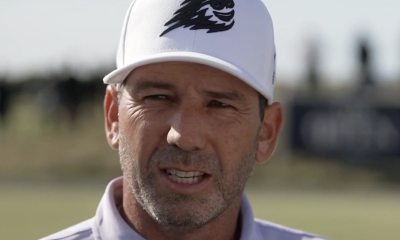
 19th Hole3 weeks ago
19th Hole3 weeks agoThe total sum that Sergio Garcia needs to pay in fines if he wants to return to DP World Tour revealed
-
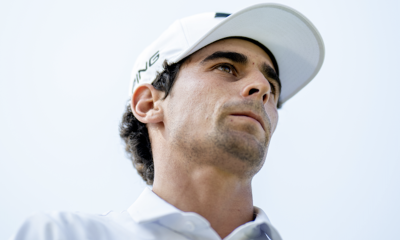
 19th Hole2 weeks ago
19th Hole2 weeks agoJoaquin Niemann names 3 PGA Tour events he’d love to play each year ‘in a perfect world’
-
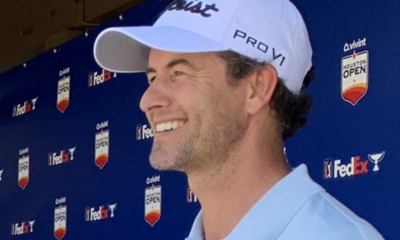
 19th Hole2 weeks ago
19th Hole2 weeks ago‘Seems suspect’ – PGA Tour pro hits out at decision to hand Adam Scott and Webb Simpson Bay Hill sponsor exemptions
-

 Equipment2 weeks ago
Equipment2 weeks agoSpotted: Bettinardi irons at the Arnold Palmer Invitational









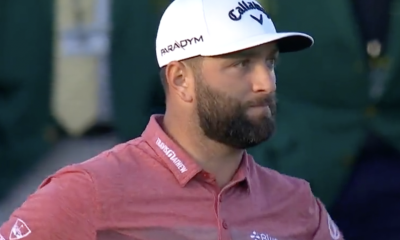

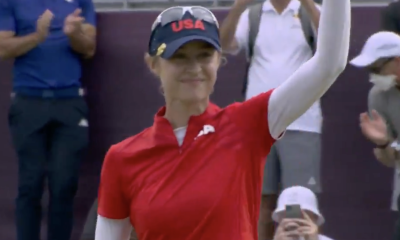



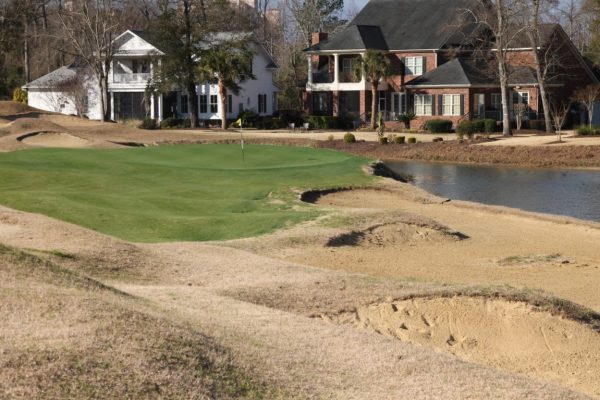
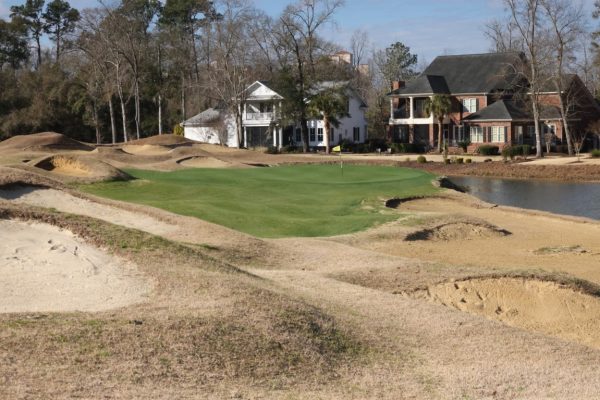
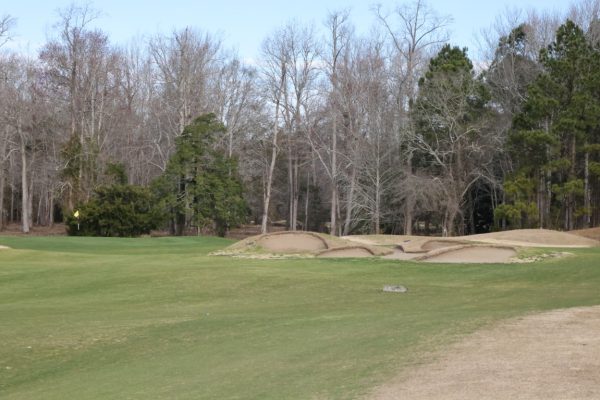
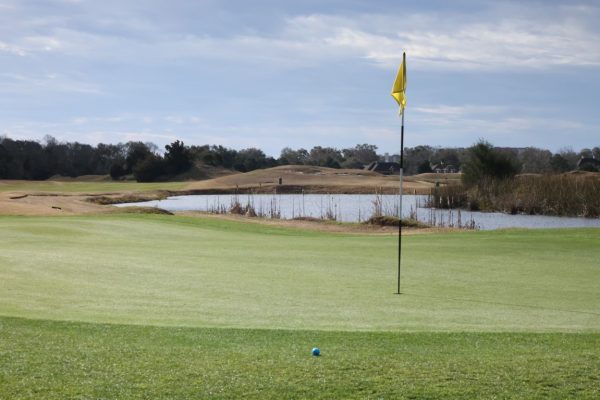
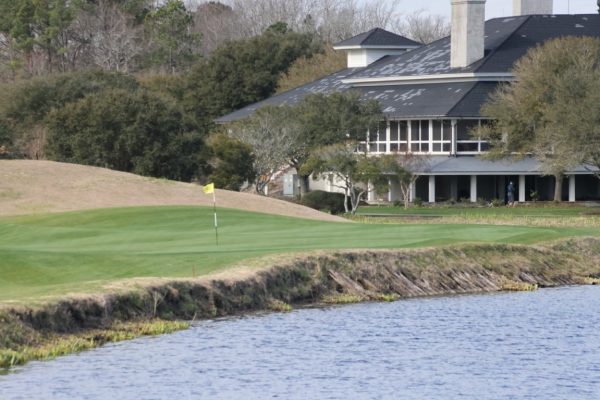
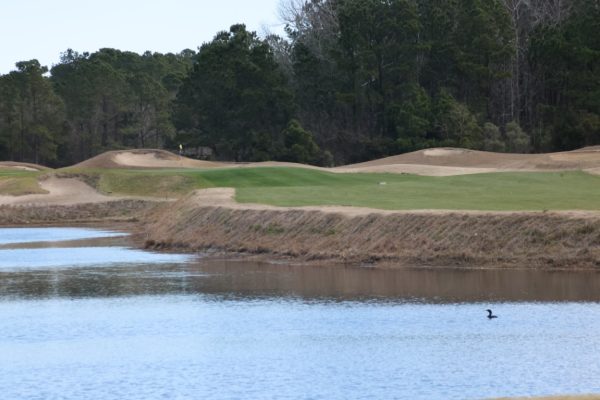
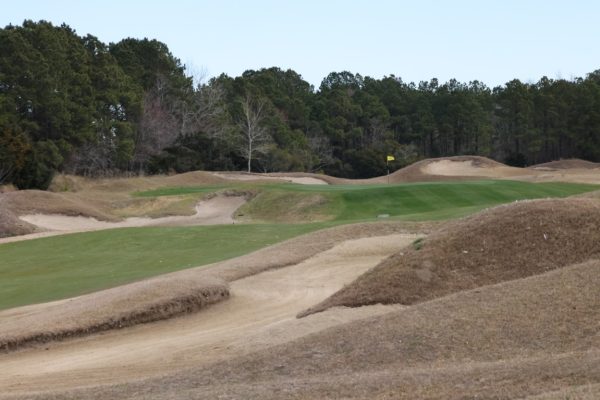
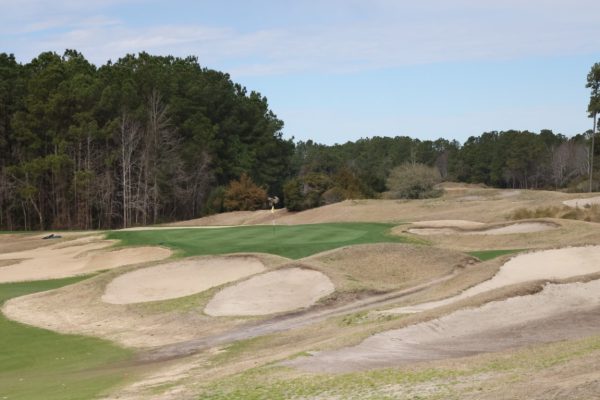
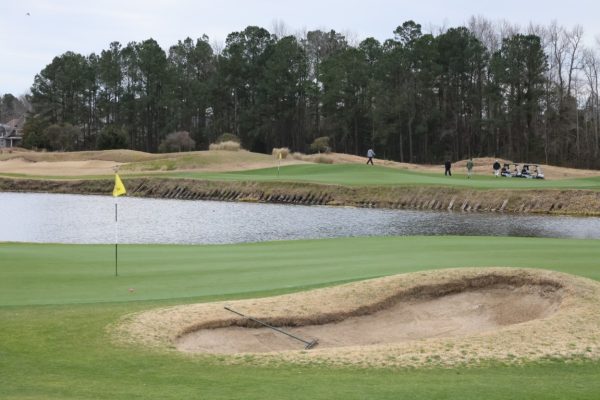
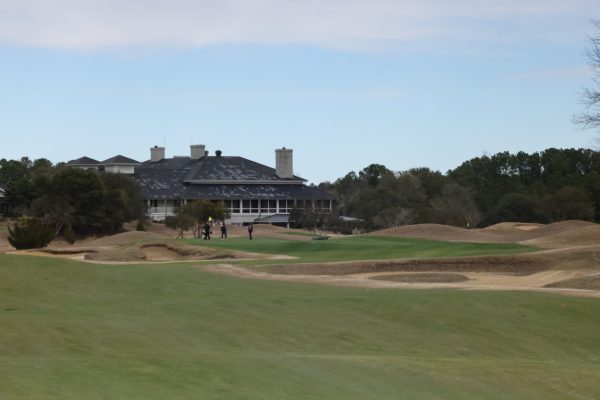
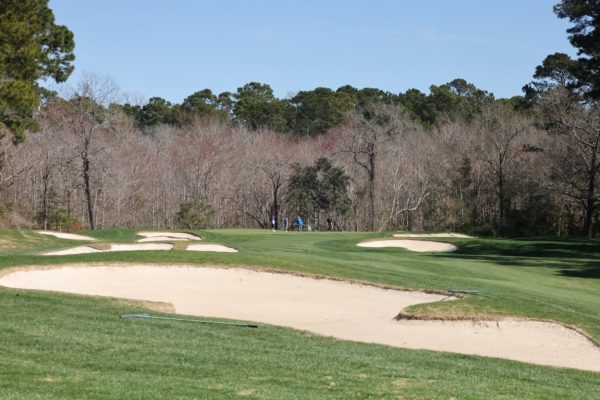
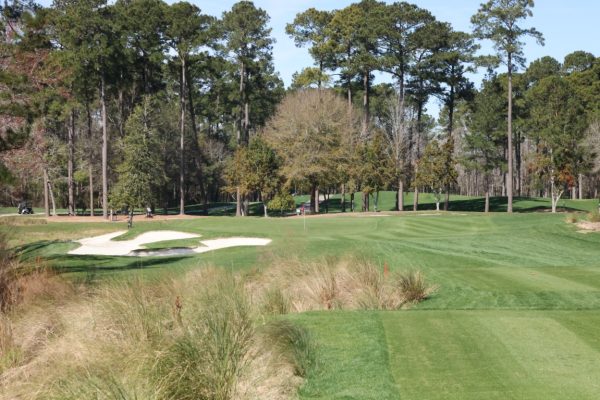
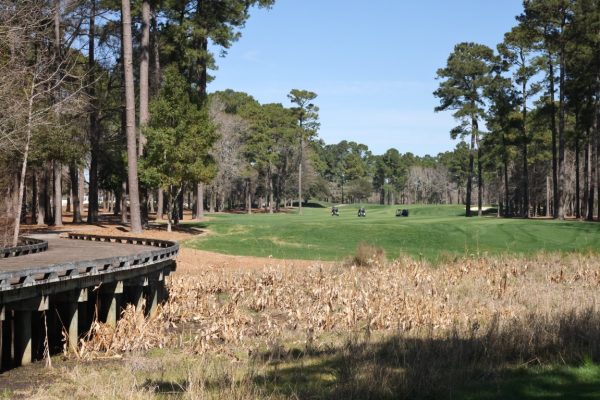
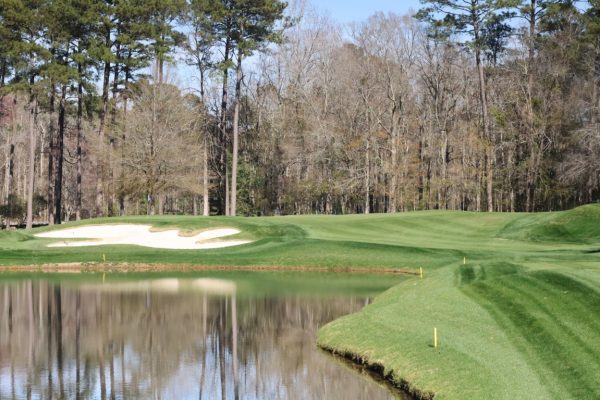
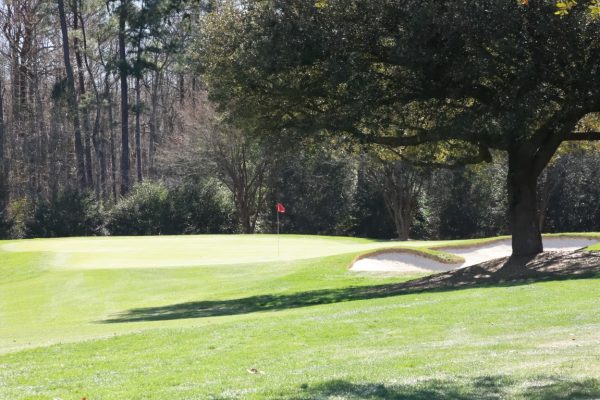
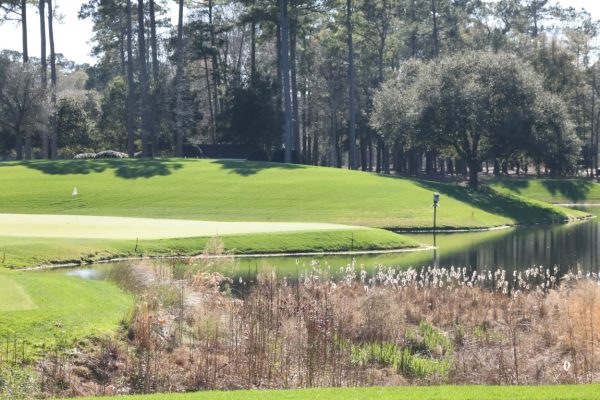
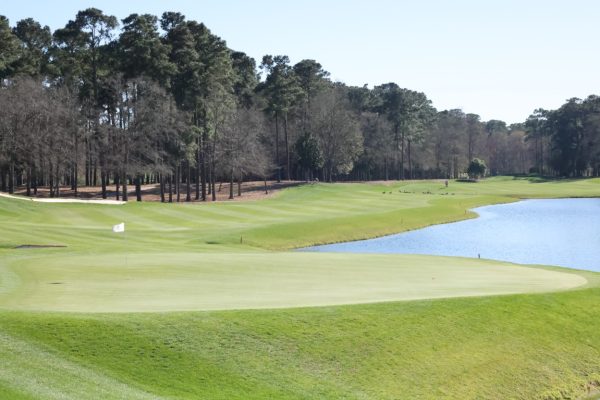
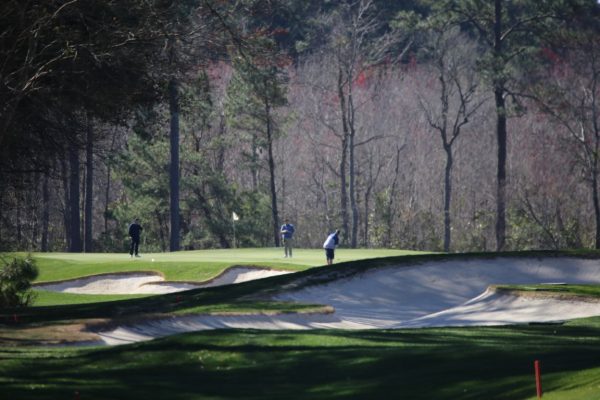
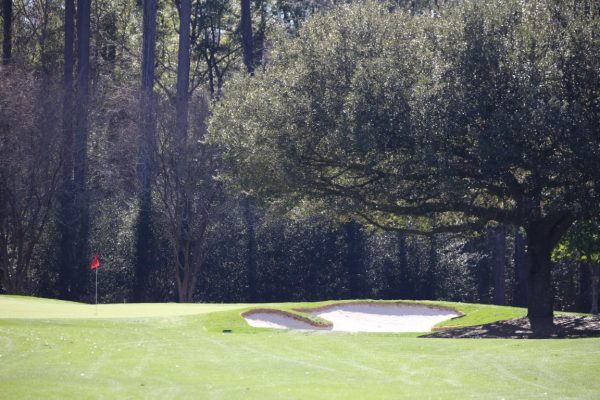
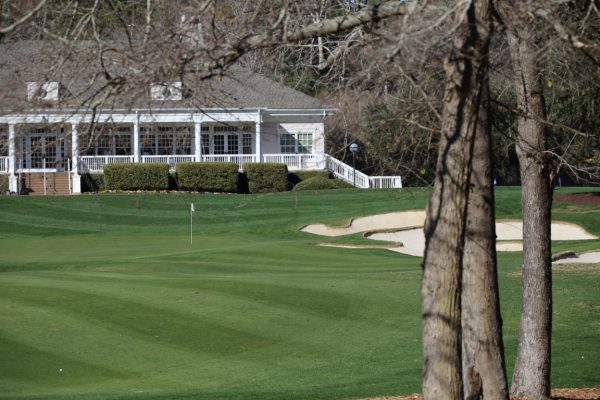
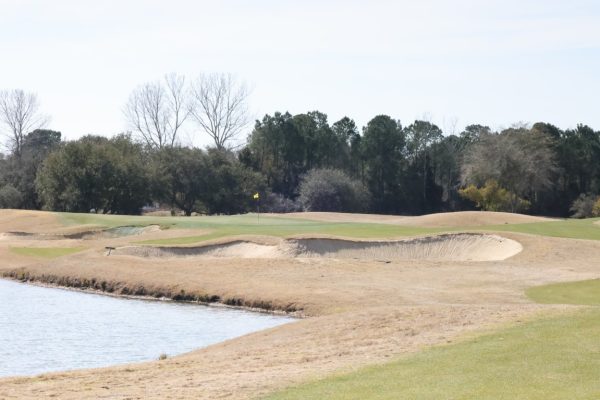
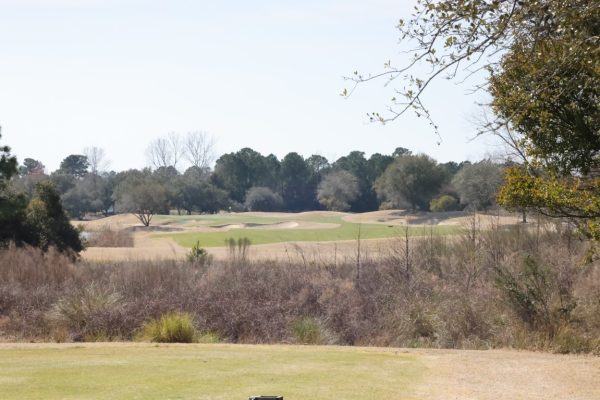
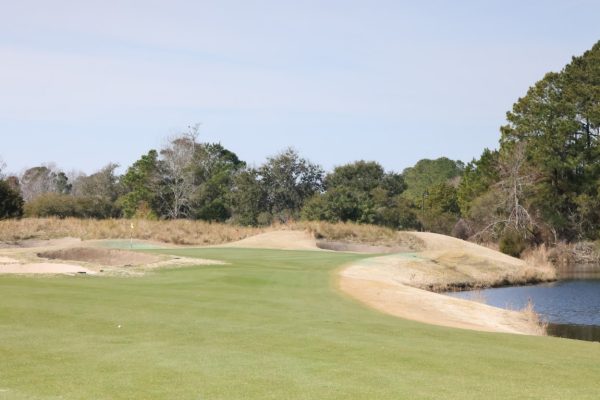
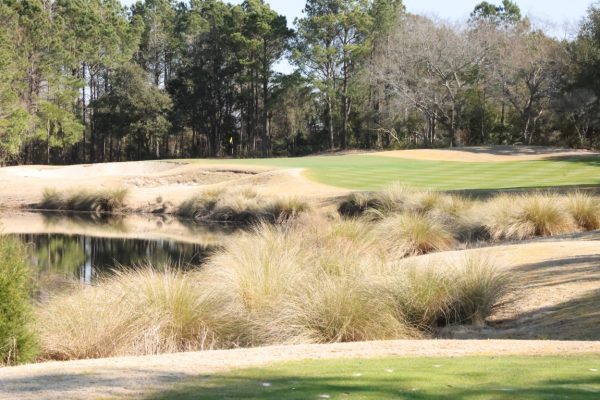
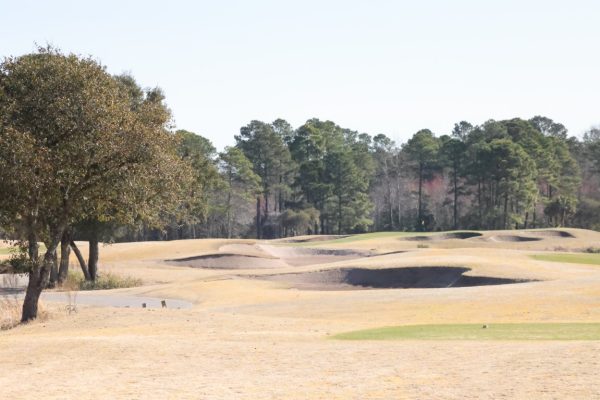

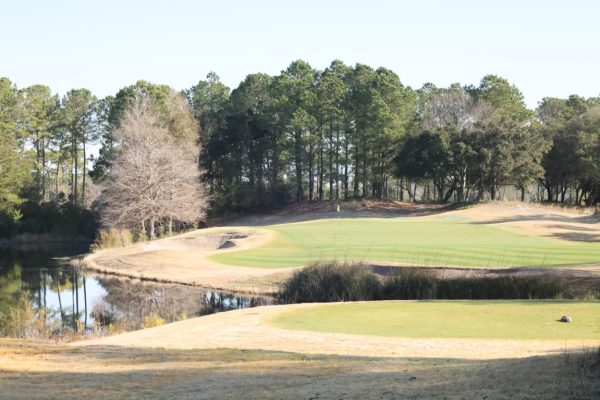
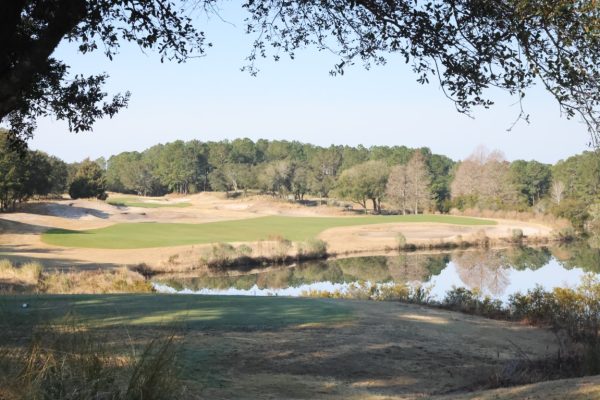
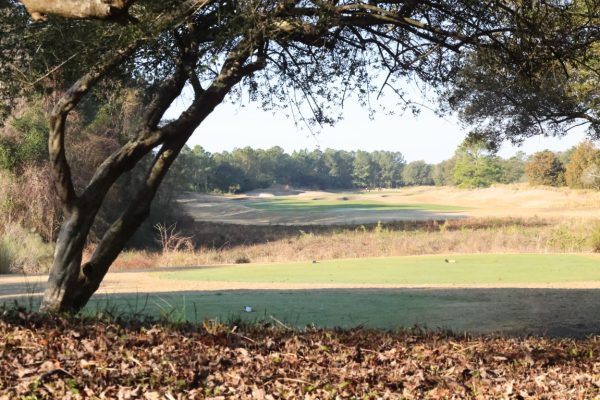
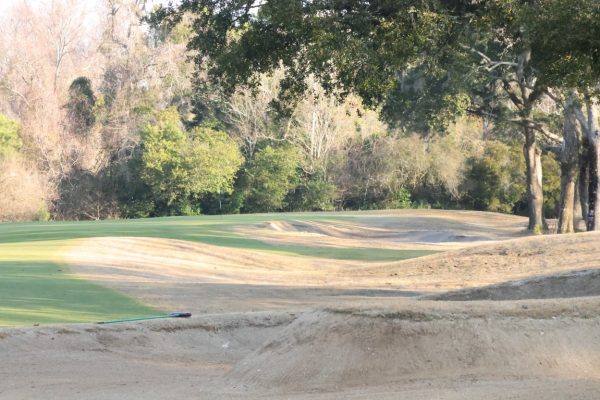
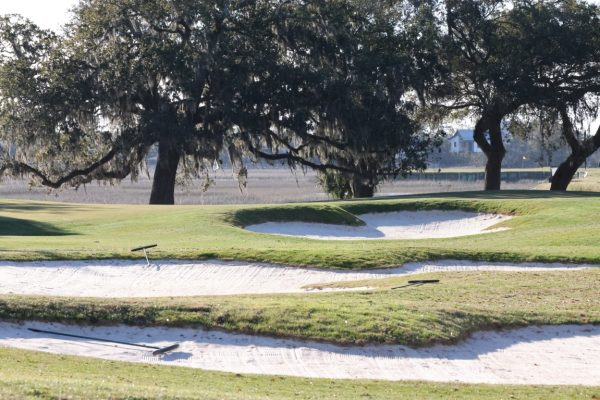
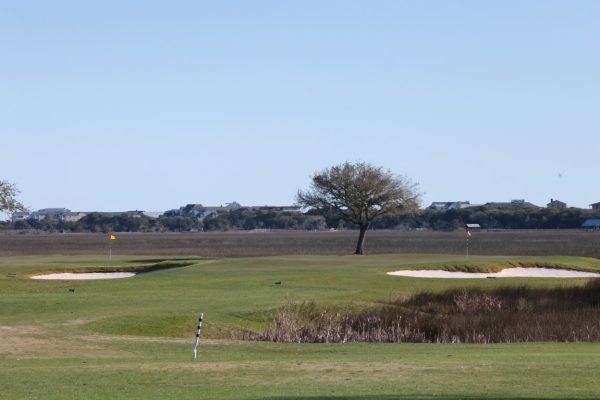
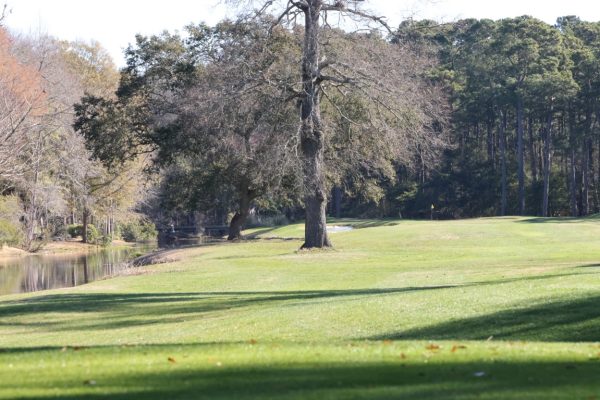
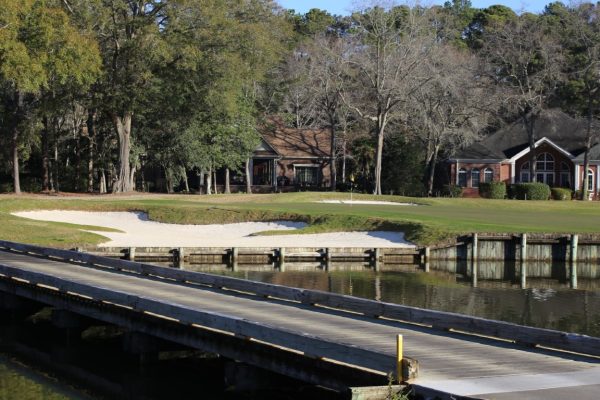
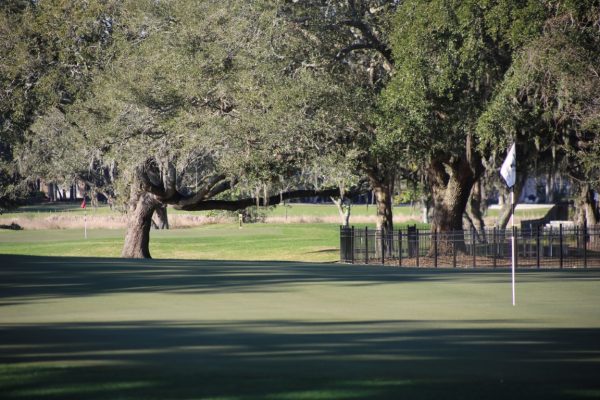
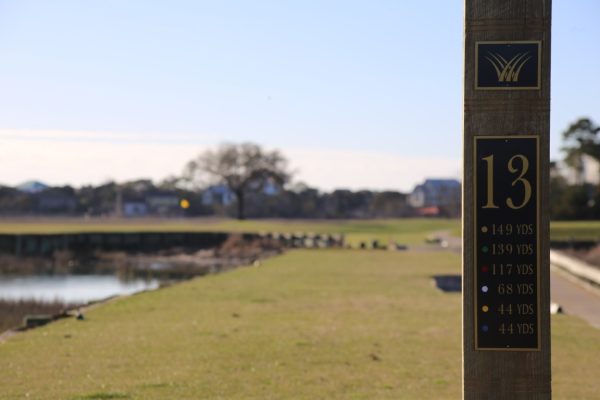
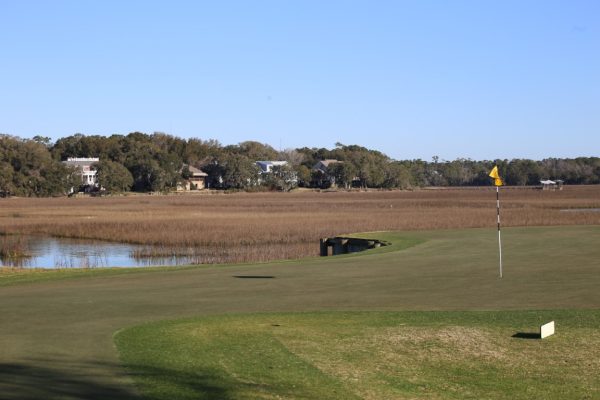
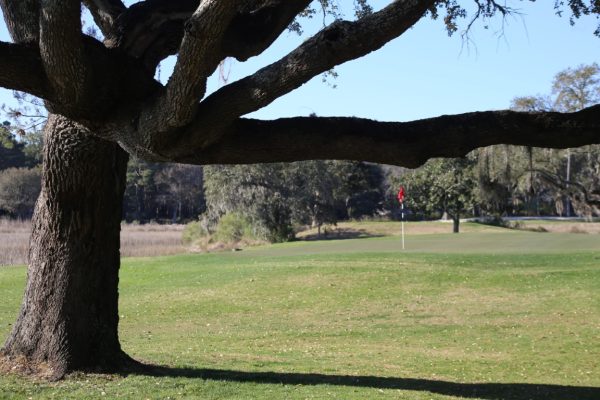
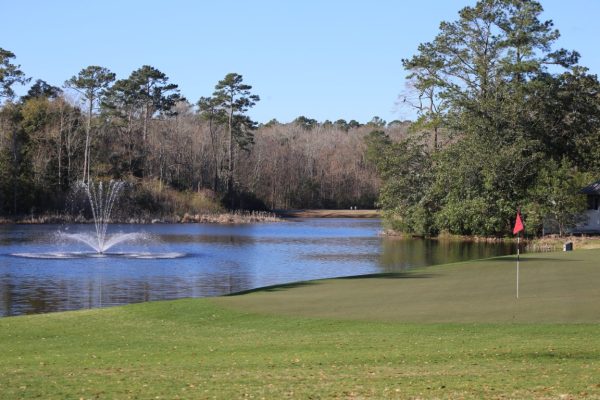
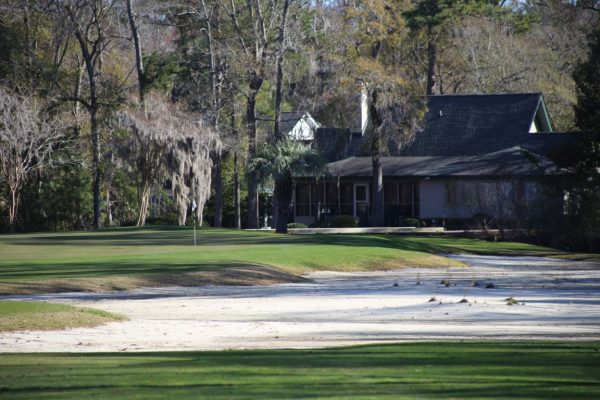












Pingback: The 5 Best Golf Training Aids of 2021
Patricknorm
Feb 14, 2019 at 8:01 am
Going on the Titleist Performance Institute webpage , there are a few things that stand out with players who swing above 130 mph. First is lower body strength, hence the half squats, dead lifts. The other metric is your vertical jump., which is a measure of lower body power. The other metric is your ability to throw a ball or a javelin. Similar motion to hitting a baseball, tennis ball or golf ball.
The common factor to hitting a golf ball a long way , is ones lower body strength. Mickelson mentioned he was working on this aspect years ago and it’s no surprise along with his over speed training, he’s increased his clubhead speed. Tiger Woods clearly has been hitting the gym hard post lower back surgery and the results on the course speak for themselves.
JJ
Feb 13, 2019 at 11:10 pm
Half squats..? Who does half squats?
Alec
Feb 14, 2019 at 1:32 am
Not to mention, that based on the pin position in the rack in the picture he posted, he was doing quarter squats at best.
X
Feb 13, 2019 at 10:54 pm
Scratches the surface? What on Earth are you blathering about?
They’re athletes. This is their job. They had better try every bit of everything they can to stay in shape and to gain more to win more. Otherwise, why bother?
This is what we would expect from the top guys. Looking at it from our amateur fan perspective, if they’re not doing this to improve and winning, then we all can see that they just fall off the map and that’s how obvious it is. We don’t need any of this explained.
undercover
Feb 13, 2019 at 10:04 pm
This article is spot on. I was a college athlete and I’ve been a sub-scratch handicap player for nearly 30 years. I turn 50 later this year and I started worrying about losing speed and distance as I get older. I still play competitive tournament golf and often times against young college players. So, I been weight training and speed training a few years ago and find that I’m now swinging on average 121 MPH. I work on muscles that deal with the golf swing. I’ve gained muscle mass, speed and endurance. I would have to say core and lower body training has been key (box jumps are a must). For the skeptics, the majority of touring pros and college players are doing speed training to supplement their strength training. Jump in and give it a try, it works.
Simms
Feb 13, 2019 at 5:04 pm
Nice article…no doubt we see the younger players men/women in better shape and hitting the long drives…our 4 some followed a girl the other day that played the black tees and was over 270 on every driver hole..when we talked she was from South Korea 26 and been golfing sense she was 14..what was scary…her boyfriend was hitting over 300 yards every hole…thank goodness he could not putt.
Aaron Roth
Feb 13, 2019 at 2:50 pm
Well… what are the “downswing muscles”?
Jaacob Bowden
Feb 13, 2019 at 3:33 pm
We all swing the club differently, so, it depends…but, for example, some for me personally are:
– Trail Chest, trail triceps, and trail forearm (mostly palmar flexion – think slapping) – throwing motion
– Lead lat and lead forearm (mostly ulnar deviation – think chopping) – pulling motion
– General core, lower back, and butt
– Lead leg – internal hip rotation, quad, adductor
– Trail leg – external hip rotator, hamstring, abductor, and calve
Click on my author page and peruse some of my older articles. I get in to some other details there.
Nathan Andersen
Feb 13, 2019 at 2:39 pm
Agree wholeheartedly with everything you say (especially given your qualifications).
However, I think with all of this, do you think it would be desirable for Phil to pick up that speed? A 2-degree open face at impact is much more harmful at 140 mph SS compared to 122 SS, so although you hit it further, you miss more fairways.
I think an amateur going from 100 to 115 definitely wants that, but, at 122 (or 128, wherever he currently is), adding that distance may be more penal than for an amateur given the course differences.
Jaacob Bowden
Feb 13, 2019 at 3:23 pm
I get where you are coming from but having more speed at your disposal never hurts.
At that point, it comes down to a course management decision and understanding your shot dispersion.
If the area where you are hitting is big enough to safely contain your shot dispersion, it becomes a big advantage. You may be able to carry trouble and take more aggressive lines that others cannot which leads to shorter clubs in to greens and strokes gained over the season.
This won’t be the case in every situation, but sometimes the opportunity will be there to take advantage of the extra length.
In other cases where it would be too penal as you mentioned, the person with the extra speed can just take less club and hit to a strategically more safe area. Jamie, for example, will often hit irons off the tee to put the ball in play. You can see this is his Arccos stats. Cameron Champ will do the same. I was watching some highlights the other day of Cameron and he was simply hitting 3-wood where others were hitting driver. In other spots where it was safe for him, he would bomb driver way past everyone.
Jaacob Bowden, PGA
Feb 13, 2019 at 3:41 pm
Interestingly, I often find people hit more accurate too with training. All the swing-specific focus has various side benefits with balance, coordination, mental image of the swing, etc.
Ryan K
Feb 13, 2019 at 10:01 pm
You also have to remember that nearly all stats indicate you’re better off being closer to the hole than in the fairway, comparatively. Then it gets down to approach and short yardage of which it’s been established that Phil is pretty darn good at! This coming from not an ardent Phil fan mind you.